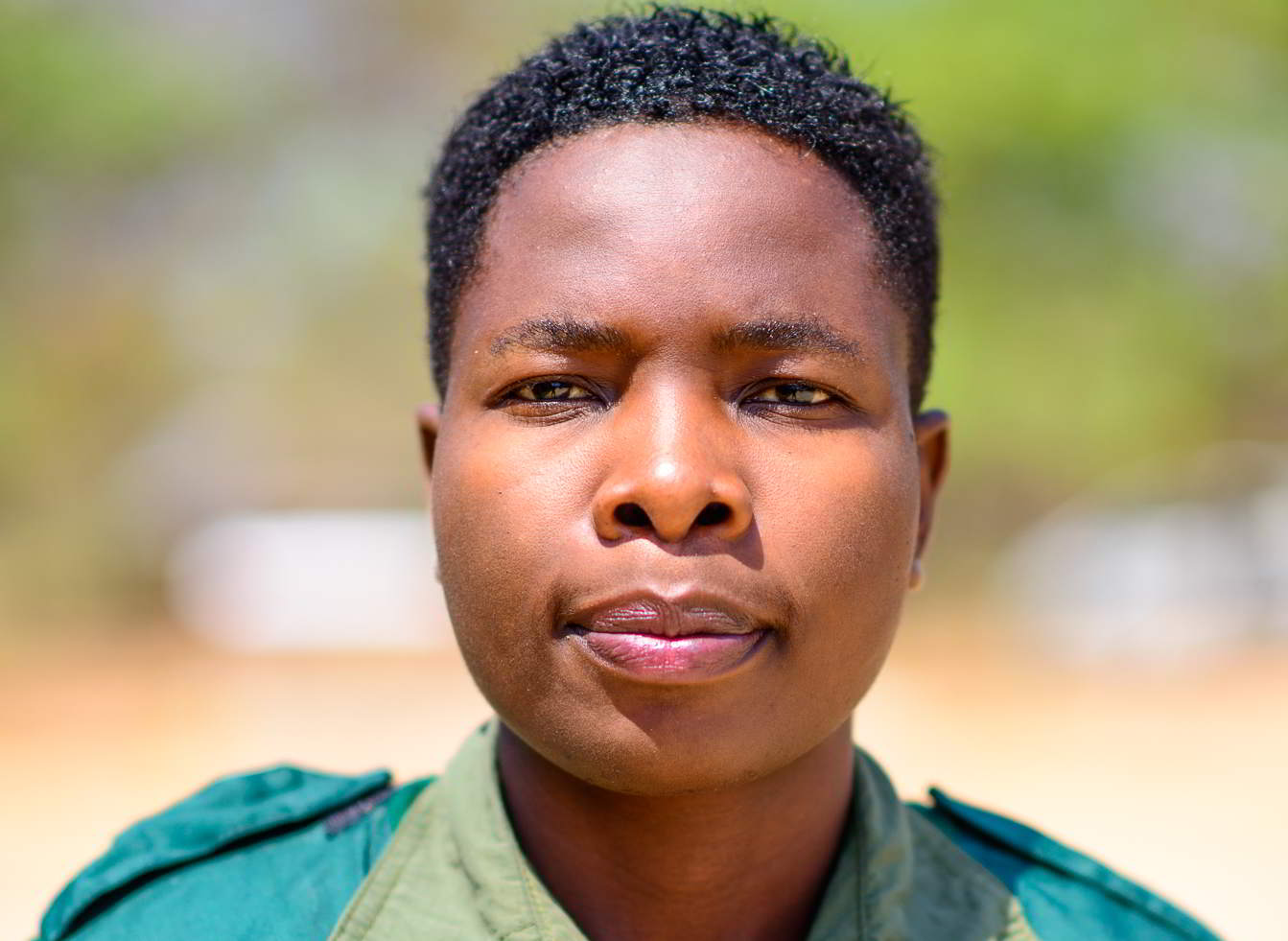New UNICEF-supported study illuminates key role of youth in sustainability efforts
Led by IUCN India, IUCN CEC, and CMS, the study explores the existing landscape of opportunities for youth to engage in climate action, and recommends new communication strategies to fill gaps in engagement and harness the power of youth action for a sustainable future.
The study titled Understanding Communication Approaches for Engaging Youth on Climate Change and Environmental Sustainability (CCES) was carried out to understand the perceptions on CCES among varied stakeholders and how existing programs and other institutional mechanisms have been communicated or engaged with youth in climate actions. Further, the study analyses and recommends communication strategies to engage youth in taking positive actions for a sustainable environment. The Synthesis Report of the study is available here.
Conducted in 2023, the study was supported by UNICEF India and was undertaken by the unique collaboration of IUCN India Office, the IUCN Commission on Education and Communication (CEC), and Centre for Media Studies (CMS).
The study was a multifaceted exploration of perceptions surrounding climate change and environmental sustainability among a diverse array of stakeholders, with a particular emphasis on youth involvement in India. This research was used a comprehensive methodology encompassing policy analysis, literature review, qualitative survey in 4 Indian states, online survey, online consultations with Corporate, in-person interviews with key officials from Indian government and International organisation working with youth, case studies of youth crusaders, national and global best practices, to provide a nuanced understanding of the challenges and opportunities in effectively communicating and engaging youth in climate action. Each of the eight components submitted separate reports and also a synthesis report with further recommendations.
Notably, the study's findings illuminated significant gaps in existing communication strategies tailored for youth, despite their evident interest and awareness in CCES issues. The research underscored the necessity of addressing key challenges such as limited access to resources, lack of mentorship and institutional involvement to effectively empower youth as agents of change in environmental sustainability. Moreover, the study advocated for leveraging existing mechanisms and initiatives to engage youth actively in climate actions, alongside enhancing CCES education in formal systems through hands-on training and green skills development. Overall, the study emphasised the pivotal role of youth as catalysts of change in addressing climate change and environmental sustainability, highlighting the importance of tailored communication strategies and inclusive engagement approaches to harness their potential for positive environmental impact.
IUCN CEC undertook a specific component of global best practices that highlighted various mechanisms to activate youth engagement in environmental initiatives. Among the 13 mechanisms identified, each prompts involvement in distinct ways, often leveraging multiple approaches simultaneously. For instance, wildlife clubs and environmental education primarily stimulate engagement through academic, learning, and educational formats. Various mechanisms like youth parliaments, ambassadors and networks foster collaboration among youths in an intergenerational setting, facilitating learning, networking, advocacy, and capacity building collectively. Youth-led projects hold significance as they promote a "learning by doing" methodology, which typically yields direct environmental benefits. Furthermore, both creative and entertaining entry points, such as films and sports, play crucial roles in attracting new audiences and fostering the growth of the environmental movement. Each mechanism is elaborated within this report.



